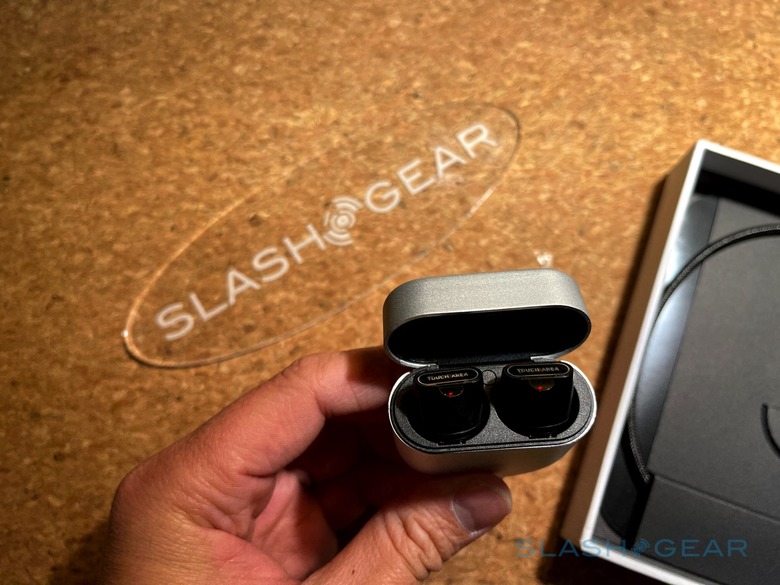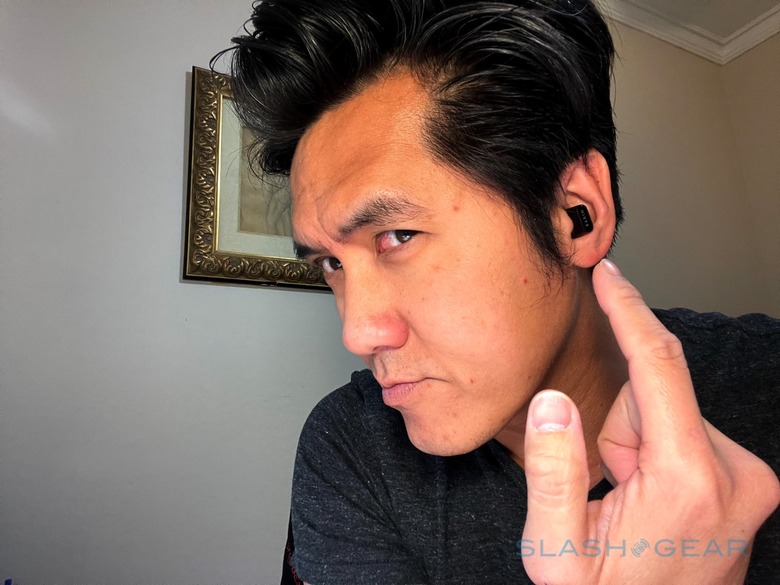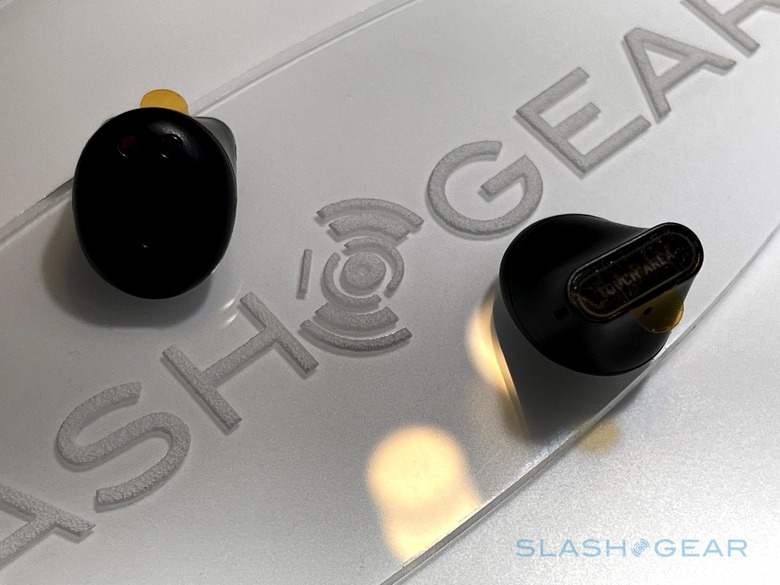Earin A-3 Earphones Review
- Possibly the smallest TWS earbuds around
- Impressive soundstage for its size
- Automatic left/right ear detection
- Compact wireless charging case with 30-hour battery
- No noise cancellation
- Tiny size has compromises
- Overly sensitive touch area
With the popularity of Apple's AirPods and the congestion of the wireless earbuds market, it's no surprise you might not have heard of some brands like Earin. The Swedish company, however, launched what may have been the market's first truly wireless stereo (TWS) earbuds, predating the AirPods, and has gathered a small but faithful following through the years. This year, its big ambitions come in a small package, testing a different strategy to get it heard, so to speak. The Earin A-3 is aiming its guns at the Apple AirPods or the Samsung Galaxy Buds Pro and we put it through the wringer to see, or rather hear, whether its petite size could actually stand up to the giants.
Design
The Earin A-3 is unbelievably small, which is pretty much the entire point of the earbuds. Everything about it, both its surprising strengths and expected weakness are born from this DNA. As the world's smallest TWS earbuds, at least for now, the Earin A-3 is designed to be compact, simple, and almost invisible. Its charging case, though not the smallest, is similarly designed to reflect that. Its aluminum body is simple and minimalist, broken only by a plastic panel on the back that enables wireless charging.

The buds themselves are both charming in their size but also confusing in their shape. The main body, the part that you actually put on your ear, is large while the side with the Earin name that you use to hold or tap the earbuds is narrow. These aren't in-ear buds, despite how some might presume they're meant to be used, and the buds themselves just sit in the concha or outer ear.
This small design naturally has its consequences, both when it comes to wearing the buds as well as their audio output. The Earin A-3's semi-open, one size fits all design means that they may not fit all ears well. They are comfortable without question, but they might not inspire confidence compared to in-ear buds. It is almost ironic that while Earin advertises the A-3 to be a good fit for any activity, the simple act of chewing sent it popping out of the ear.
The surface of the buds themselves is also quite slippery, which makes pulling out the earbuds a bit trickier than necessary. Together with the sensitive touch area, which we'll get to later, it could result in some unintentional taps in the processes as well.
Audio and Calls
The meat of an audio accessory is, of course, the way it handles audio, both output and, depending on the device, input. This is also where the Earin A-3 shines the best, at least within some expectations. Given its small body and semi-open design, most would probably set their expectations low and they, like us, will be impressed instead.
For better or worse, the Apple AirPods has become the de facto measure for TWS earbuds performance and, despite its size, the Earin A-3 can definitely stand up to it to some extent. It helps that, again despite the size, the buds contain large 14.3mm dynamic drivers that can be pushed almost to the limit with minimum distortion.
The Earin A-3 produced an impressively wide soundstage that leans more towards vocals and instruments but doesn't leave the lower ranges wanting. Mids and bass are distinctly discernible, and that's even with ambient sound leaking into your ear. Because of its design, however, the environment plays an even bigger role than with in-ear buds.
There is no noise cancellation, whether active or passive, the latter due to the nature of its semi-open design. There might be times when you'll need to crank up the volume but, thankfully, the sound doesn't get distorted until past 80%. On the flip side, this also means you won't need some "ambient mode" to be aware of your surroundings or conversations.
The same considerations apply when making calls. Although the Earin A-3 boasts of two Knowles mics and two voice pick-up mics, they are as far away as possible from your mouth. You might sound clear on the other end but, again, the environment could also make you sound more distant or even distorted.
Controls
One rather unique aspect of the Earin A-3's design is that there is no left or right buds. Both are identical and can be used on any ear. It uses accelerometers to determine which bud is in which ear and adjust the audio as needed. It pretty much depends on how the buds are oriented, which is also the trick it uses to determine that you've handed one bud to someone else, in which case it switches both to mono audio. The Earin A-3 also has proximity sensors to determine whether they're on an ear or not to pause or resume playback as needed.
Controlling the buds is both simple and at the same time a tad confusing. Depending on which control mode you choose in the companion mobile app, multiple taps can either control playback or access a voice assistant. One particular problem we found is that the touch-sensitive area of the buds, practically the "fins", are too sensitive. It was definitely annoying to realize a call was accidentally ended just because of involuntary ear-scratching.
As for that companion mobile app, it doesn't really offer much else other than setting that control mode. There isn't even an Equalizer that will let you fine-tune your listening experience. Since there's no ANC, there's really nothing to toggle here either.
Wrap-up
At $199, the Earin A-3 definitely has some competition from other brands that can offer better waterproofing, ANC, and other features for the same price. What those don't have, however, is a chic and discreet design truly befitting a Swedish product.
Until someone makes something smaller that sounds just as great, the Earin A-3 is clearly the "small but terrible" of the TWS earbuds market, making that normally high figure worth its price.


